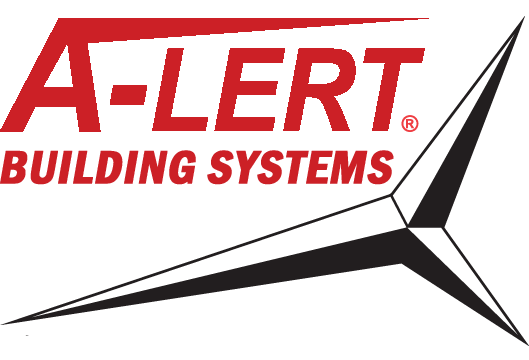Self-storage facilities have become increasingly popular in recent years, providing individuals and businesses with a convenient solution for storing their belongings. If you’re considering entering the self-storage industry, designing and building a facility that meets the needs of your target market is crucial for success. In this blog post, we will explore key considerations to keep in mind when embarking on the journey of designing and building a self-storage facility.
Location
The first and foremost consideration is selecting an optimal location for your self-storage facility. Look for areas with high population density, strong demand for storage space, and easy accessibility. Proximity to residential neighborhoods, commercial areas, or major transportation routes can significantly impact the time it takes for your facility to lease up.
Storage Facility Layout and Unit Mix
Developing an efficient facility layout is vital for maximizing the use of available space. Determine the appropriate mix of unit sizes based on market research and demand analysis. A good feasibility study will include this information. Our experienced and helpful regional account representatives can also assist with preliminary designs, helpful tips, and ideas. Remember, offering a variety of unit types, such as climate-controlled units or drive-up units, allows you to cater to a wider range of customers.
Security
Security is a top priority for customers entrusting their belongings to a self-storage facility. Invest in robust security systems, including surveillance cameras, access control systems, and well-lit areas. Implementing security measures not only protects customers’ possessions but also instills confidence and trust in your facility.
Convenient Access
Make sure your facility is easily accessible to customers. Provide ample parking spaces, wide driveways, and loading areas to accommodate different vehicles, including moving trucks. Install proper signage and wayfinding systems to guide customers within the facility. Additionally, consider offering convenient features such as 24/7 access or online reservation and payment systems to enhance the customer experience.
Climate Control and Environmental Considerations
Depending on your location and target market, climate-controlled units may be necessary to protect sensitive items from extreme temperatures or humidity. Adequate insulation, ventilation, and moisture control systems are essential for maintaining a suitable environment within the facility. Additionally, consider incorporating environmentally-friendly practices like energy-efficient lighting and sustainable building materials.
Regulatory Compliance
Ensure your self-storage facility complies with all relevant local, state, and federal regulations. This includes zoning laws, building codes, fire safety regulations, and accessibility requirements. Professionals including architects, engineers, and legal advisors, can help ensure your facility meets all necessary compliance standards.
Expansion and Future Growth
Consider the potential for expansion and future growth when designing your facility. Evaluate the availability of adjacent land or opportunities to add new rentable spaces in the future. A flexible design that allows for scalability will enable you to adapt to changing market demands and accommodate future storage needs.
Conclusion
Designing and building a self-storage facility requires careful planning and consideration of various factors. By selecting a suitable location, creating an efficient layout, prioritizing security, and accessibility, and adhering to regulations, you can develop a successful facility that meets the needs of your target market. Remember to embrace technological advancements and sustainability practices to stay ahead in the evolving self-storage industry. With the right approach, your self-storage facility can become a valuable asset and a trusted storage solution.

